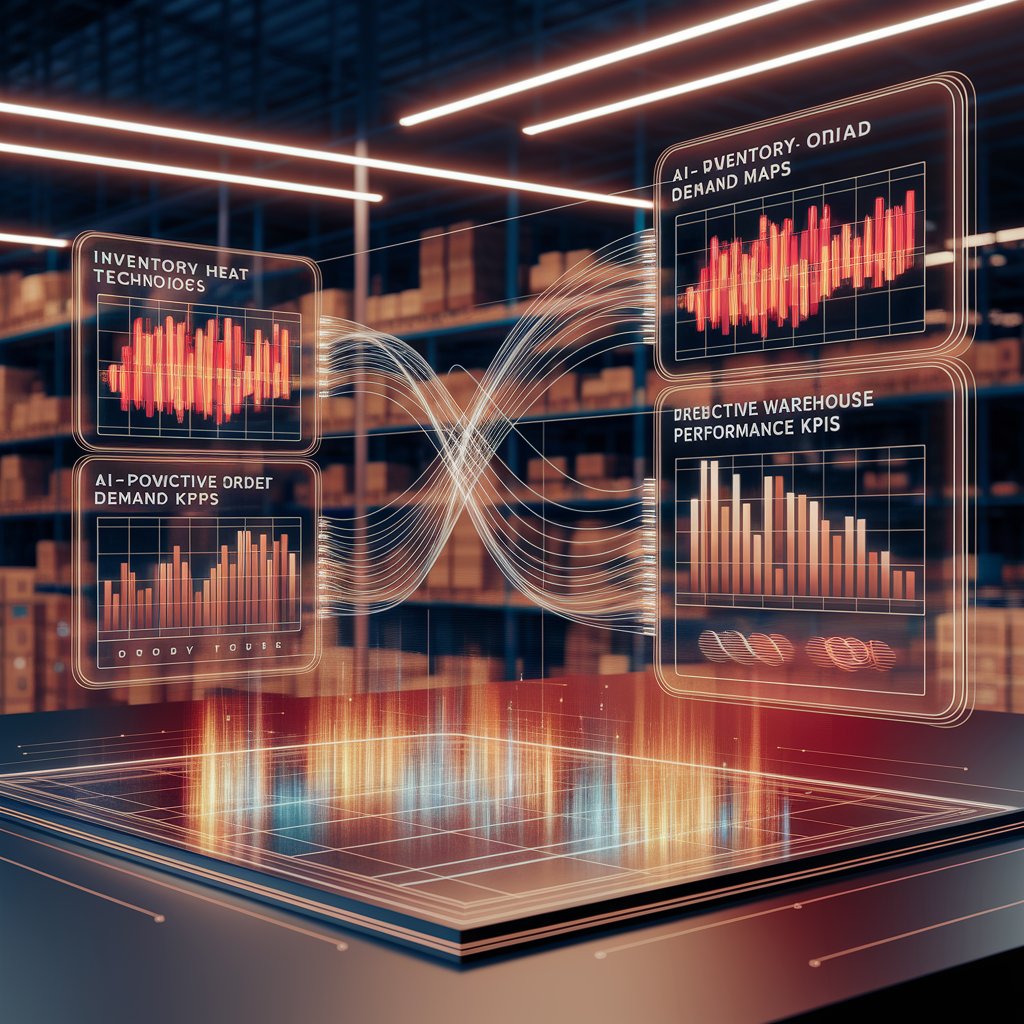How AI-Driven Warehouse Dashboards Work with Linbis

Introduction
With AI-driven warehouse dashboards, Linbis brings real-time visibility, predictive analytics, and automated workflows into one platform. The result: smarter inventory management, faster order fulfillment, and stronger overall efficiency.
Step 1: Integrate Warehouse Data
Linbis unifies warehouse data streams such as:
- WMS systems → inventory, order picking, cycle counts.
- IoT sensors → temperature, equipment usage, location tracking.
- Labor data → productivity, staffing levels, shift performance.
- Transport schedules → inbound and outbound synchronization.
Step 2: Apply AI Analytics
AI-powered dashboards transform raw data into insights by:
- Forecasting inventory shortages or overstocks.
- Predicting order surges and labor requirements.
- Detecting bottlenecks in picking, packing, or loading.
- Recommending layout optimizations for faster workflows.

Step 3: Automate Warehouse Workflows
- If inventory is forecasted to run low → AI triggers replenishment.
- If order volumes spike → System reallocates labor automatically.
- If temperature deviates in cold storage → Alerts are sent instantly.
- Compliance reports are generated automatically.
Step 4: Real-Time Visualization
Managers can monitor operations with AI-driven dashboards that display:
- Inventory accuracy KPIs.
- Labor efficiency and utilization charts.
- Heat maps of warehouse activity.
- Predictive demand and storage utilization graphs.
Step 5: Continuous Optimization
- AI learns from past performance to improve predictions.
- Dashboards evolve dynamically with real-time data feeds.
- Insights become more precise with each warehouse cycle.

Advanced Features
- Digital twin simulation → Test new layouts or workflows virtually.
- Sustainability tracking → Measure energy use and waste reduction.
- Cross-warehouse coordination → Optimize inventory across multiple sites.
- ERP/TMS integration → Forecasts and alerts flow directly into operations.
Real-World Example 📦
Digital freight scheduling in a distribution center in New Jersey implemented AI-driven warehouse dashboards with Linbis. In 6 months:
- Improved order accuracy by 19%.
- Reduced picking times by 14%.
- Cut overtime labor costs by 12% with predictive scheduling.

Digital Freight Scheduling Benefits 📈
- Efficiency: Faster, more accurate warehouse operations.
- Visibility: Real-time insights into inventory and labor.
- Cost Savings: Reduce errors, overtime, and resource waste.
- Resilience: Predict and prevent bottlenecks.
- Customer Value: Faster, more reliable order fulfillment.
Conclusion
With AI-driven warehouse dashboards, Linbis transforms warehouses into smart, predictive environments. Real-time monitoring, AI-powered forecasts, and automation allow companies to reduce costs, improve accuracy, and enhance customer satisfaction.
